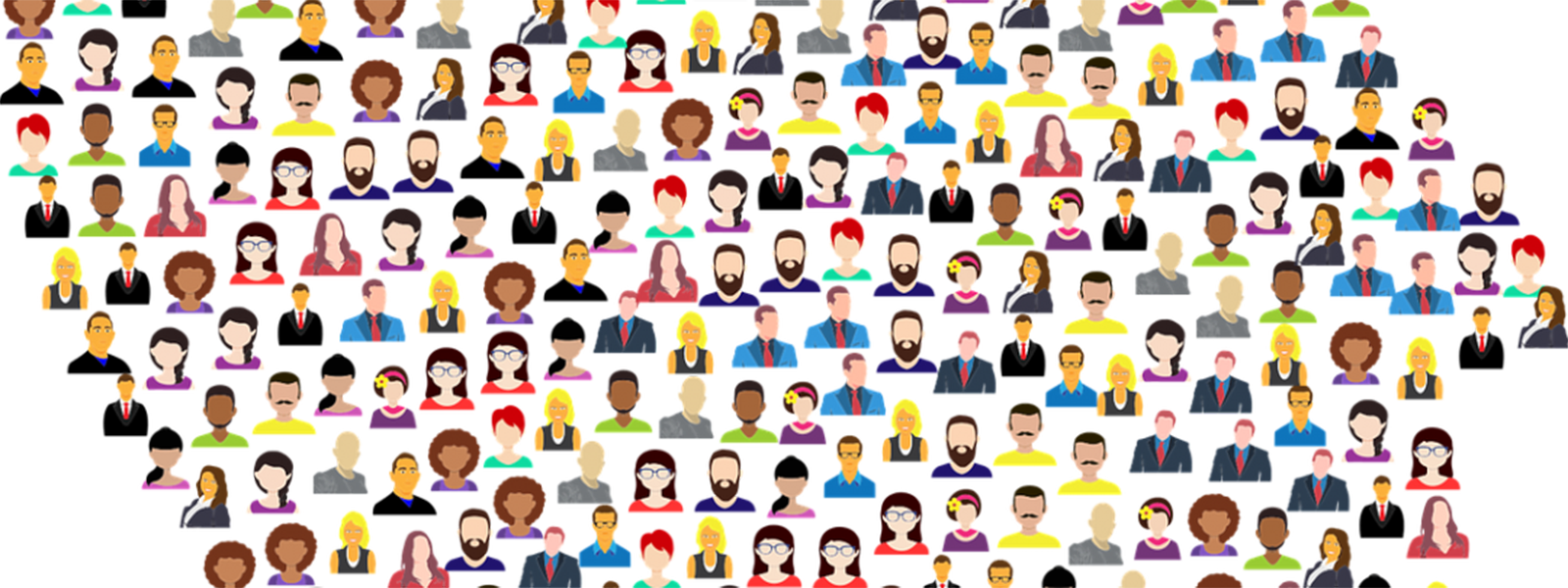
Image courtesy of Pixabay.
A few weeks ago, I wrote about Seth Godin’s concept of Finding Your Who, which is all about identifying who your products are for. The Who isn’t defined by demographics but by psychographics: Their (customer) beliefs, their dreams, their desires. It’s a reminder that developing personas is so important to customer-experience design. And it’s a reminder that we should be finding products for our customers, not customers for our products.
Why personas
Because personas...
• Shift the organization’s focus outside-in (on the customer), as it should be, rather than inside-out
• Really put the experience in the customer’s perspective and make you think about the customer as a “real human”
• Help everyone understand who the customer is and obsess about the customer’s needs
• Keep people from forming their own opinions about who the customer really is—everyone is on the same page
• Develop empathy for the customer
• Bring the customer to life
• Shift “target demographic” thinking to a more actionable definition and view
- Targets don’t provide details about needs, goals, attitudes, behaviors, emotions
- Targets are too far from reality
• Drive engagement and ongoing understanding of the customer, especially since personas need to be reviewed and updated regularly
How to activate personas
But developing personas is not enough. I can cite all the benefits, but you’ve got to use them. How can you socialize and operationalize personas?
Socialize them throughout the organization to give employees a solid awareness and understanding of who your customers really are and what they expect.
• Use persona cutouts or posters
• Create animations or videos telling each persona’s story
• Tell stories about them in your team, department, or company meetings
• Refer to personas by name in your conversations
• Assign personas to your prospects and customers in your customer relationship management (CRM) system
• Use them as a starting point to develop new products, services, apps, or websites
• Make them the characters in your journey-mapping stories; they help to build empathy for the customer for whom you are mapping. and bring understanding of the customer
• Frame your messaging and outreach based on personas to ensure the appropriate content and channels are being used
Different customers, different needs and problems to solve—but what we’ve learned over time is that there are groupings of customers that do have similarities, despite their differences. Developing personas allows you to group customers with similarities, whether those are behaviors, needs, pain points, or problems to solve. Personas take your understanding of customers down to a level that allows you to begin designing the experience for customers with similar pain points or problems to solve. They are a critical first step to ensure that you not only design products for customers but also deliver value for them and for the business. (From there, you can then much more easily personalize the experience to the customer in front of you.)
By the way, develop personas for your employees, as well. Start designing the employee experience by understanding your Who.
“People ignore design that ignores people.”
—Frank Chimero, designer
First published Sept. 1, 2021, on the CX Journey blog.

Add new comment